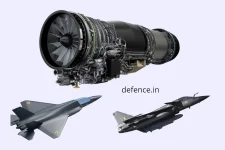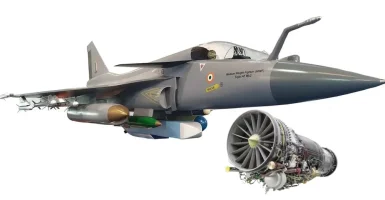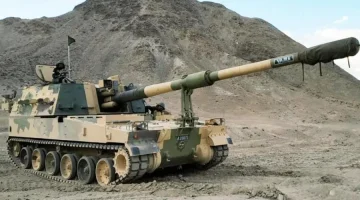- Views: 6K
- Replies: 82
India's state-owned aerospace and defence company, Hindustan Aeronautics Limited (HAL), is set to aggressively renew its international marketing efforts for the Light Combat Aircraft (LCA) Tejas Mk1A.
This strategic push comes after General Electric (GE) Aerospace committed to an accelerated delivery schedule for the F404-IN20 engines, resolving a two-year delay that had previously constrained production and stalled export discussions.
With the critical engine supply chain now stabilising, HAL is confident in its ability to meet domestic orders for the Indian Air Force (IAF) while simultaneously pursuing foreign sales.
The renewed export drive is bolstered by significant domestic demand, with an existing contract for 83 jets and government approval for an additional 97 aircraft.
This combined order for 180 Tejas Mk1A fighters creates a robust and long-term production pipeline, allowing HAL to expand its manufacturing capacity.
The assurance of a steady engine supply from GE positions the Indian fighter as a reliable and competitive option for nations looking to modernise their air forces, strengthening India's goal to become a major player in the global defence market.
The Tejas Mk1A is a single-engine, 4.5-generation multi-role fighter aircraft featuring advanced systems, including an indigenous Active Electronically Scanned Array (AESA) radar, a modern electronic warfare suite, and an array of sophisticated weaponry.
The aircraft's performance is powered by the GE F404-IN20 engine, a proven turbofan capable of producing 84 kilonewtons of thrust. Production of this engine was temporarily halted due to a five-year gap in orders between 2016 and 2021, which was further complicated by global supply chain disruptions during the COVID-19 pandemic, leading to significant delays from the initially planned delivery date of March 2023.
Under the revised plan, GE has already delivered the first two engines this year and is set to supply a total of 12 by December 2025 by providing two units per month.
Starting in 2026, the delivery rate will increase to 20 engines annually. To meet the large domestic order and cater to potential export clients, HAL is reportedly negotiating to further increase this supply to 30 units per year by 2027.
This resolution has effectively removed a major production bottleneck, allowing HAL to plan its manufacturing schedule with greater certainty.
Reflecting the strength of their long-standing relationship, HAL has chosen not to impose financial penalties on GE for the delays.
This decision underscores the strategic importance of the 40-year partnership, which is set to deepen with a landmark 2023 agreement for the joint production of the more powerful F414 engine in India.
This future collaboration, which includes an 80% technology transfer, will power India's next-generation aircraft like the LCA Mk2 and the Advanced Medium Combat Aircraft (AMCA), ensuring a self-reliant engine supply for decades.
A key advantage of the Tejas Mk1A on the international stage is its cost-effectiveness, with a price tag estimated between $40 to $50 million per aircraft. This is substantially lower than Western competitors such as the F-16 or Gripen, which can cost between $70 to $100 million.
This competitive pricing has already attracted interest from several countries, including Argentina, Egypt, Nigeria, and the Philippines. Previously, HAL had to pause these negotiations to prioritise deliveries to the IAF, which urgently needs to address its depleting squadron numbers, currently at 31 against a sanctioned strength of 42.
With the engine supply issue resolved, HAL is now able to confidently re-engage with potential international customers. The aircraft is being marketed as an affordable, high-performance solution for nations seeking to replace ageing fleets of fighters like the MiG-21 or F-5.
Its ability to carry a mix of indigenous weapons, such as the Astra beyond-visual-range missile, and integrate with NATO-standard systems makes it a versatile and attractive option.
HAL officials have confirmed that by 2026, production capacity will be sufficient to fulfil export orders without impacting its primary commitment to the Indian Air Force.





